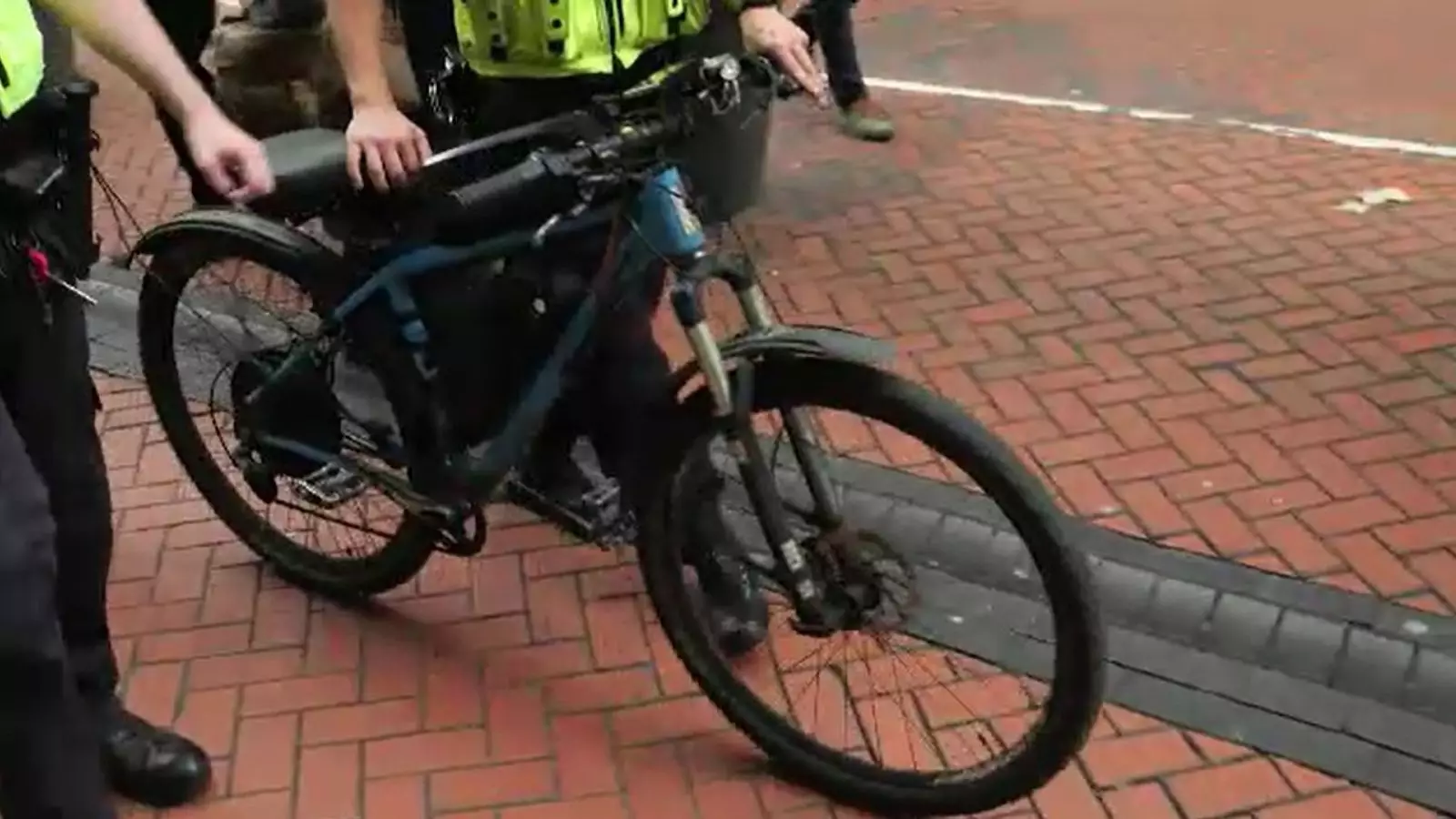In the bustling heart of Birmingham, the sight of busy streets teeming with life often masks a troubling undercurrent: the widespread use of illegally modified electric bikes. These machines, seemingly innocuous at first glance, are often thunderously fast, dangerous, and unregulated. While e-bikes have become a symbol of modern urban mobility, these illegally altered counterparts threaten to undermine safety standards, exposing riders and pedestrians to unnecessary risks. The illusion of eco-friendly transport is a lure that conceals the real hazards lurking beneath, especially when riders push speeds well beyond legal limits.
Law Enforcement’s Relentless Push for Order
The recent operation by West Midlands Police demonstrates a vigilant commitment to public safety, yet it also reveals the scale of the problem. Officers are not merely enforcing rules—they’re confronting a broader cultural issue that combines illegal modification, economic need, and a disregard for safety norms. Police officers, like PC Gartlan, face physical danger and moral dilemmas as they attempt to regulate a burgeoning underground economy of illegal e-bikes. The sight of confiscated bikes, destined to be crushed, underscores a harsh reality: these vehicles are more than just illegal—they are weaponized modes of transportation.
The Underlying Causes and Societal Factors
At the core of this crisis lies a complex socio-economic narrative. For many delivery riders, financial pressure and job insecurity are pushing them toward illicit modifications—tweaking their bikes to achieve higher speeds and meet the demands of rapid delivery deadlines. These modifications are often made in ignorance or desperation, but the consequences extend beyond individual riders. Innocent pedestrians, children, and the elderly are now vulnerable to reckless speeds and unpredictable behavior, turning what was meant to be a quick, affordable mode of transport into a public hazard.
The Role of Regulatory Gaps and Corporate Responsibility
The reaction from delivery companies like Deliveroo, Uber Eats, and Just Eat indicates a conscious effort to mitigate this crisis, yet it exposes a larger regulatory gap. The companies’ claims of regular reminders and safety checks are insufficient when the infrastructure of oversight is fragmented. There is a pressing need for stronger, standardized enforcement measures and technological safeguards in place—such as mandatory speed limiters and tamper-proof components. Moreover, their acknowledgment of riders contemplating job changes suggests that economic insecurity propels many toward risky behavior, an issue that corporate responsibility alone cannot fix.
A Society at a Crossroads
This tense scene on Birmingham’s streets reflects more than a local law enforcement issue; it symbolizes a society grappling with rapid technological change, economic disparity, and a fragmented regulatory landscape. While the government and businesses attempt to promote safer, greener transportation, the underground economy of illegal modifications persists, powered by the gap between regulation and affordability. Addressing this problem requires a balanced approach—firm enforcement combined with social interventions that tackle the root causes. Otherwise, these fast, unregulated bikes will continue to run amok, exposing the flaws in our urban mobility strategies and risking lives to serve an illusion of progress.



Leave a Reply